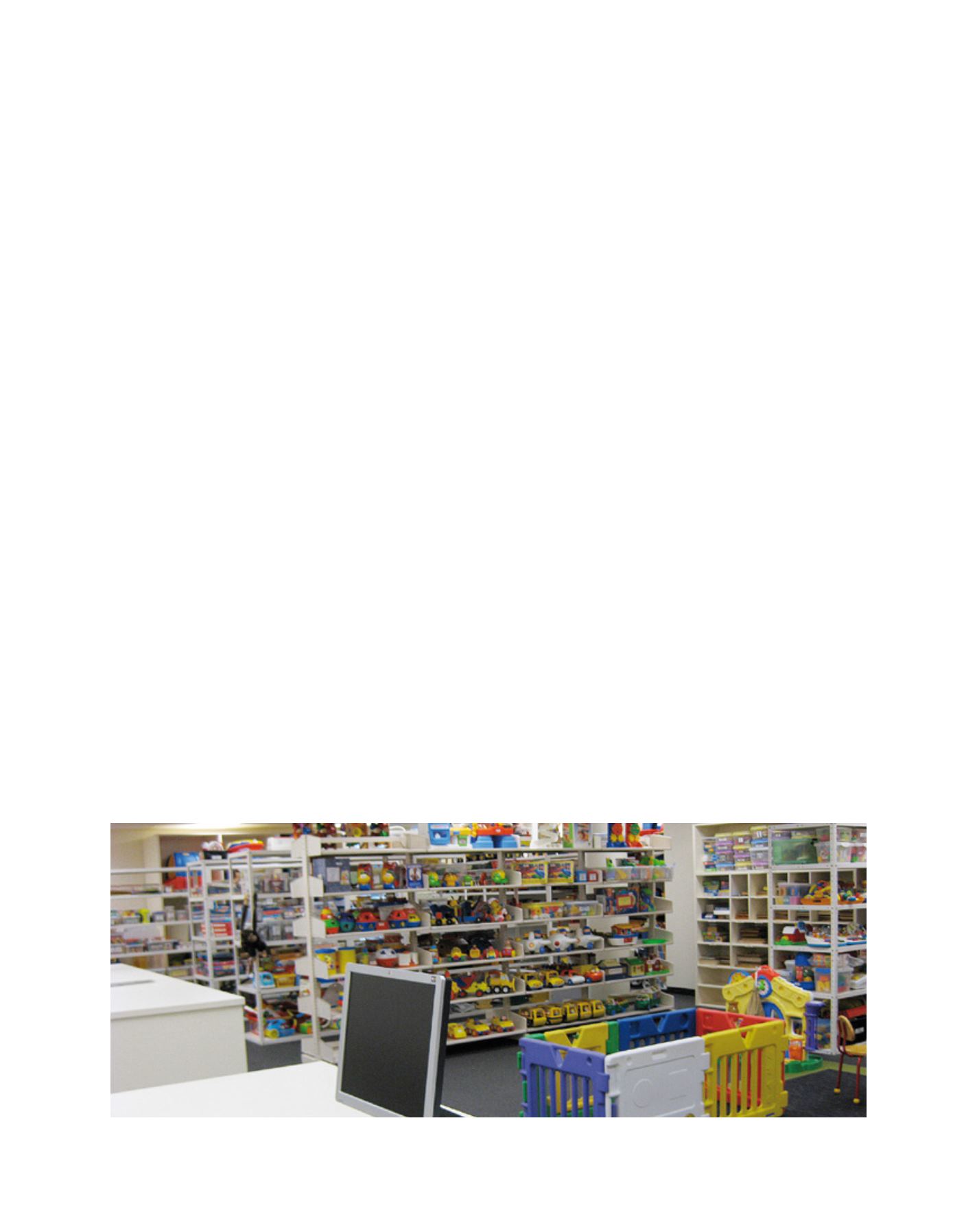

[
] 173
ity. Toy libraries, museums that teach sustainability and
childhood education programmes like the Earth Scouts
could all be better integrated into childhood to promote
sustainable living.
Toy libraries are one innovative way to help children
learn to play together, share and save communities’
resources while bringing them closer together. A recent
study found that there are 4,500 toy libraries located in
31 countries.
18
These not only provide an alternative to
the consumerist childhood where children’s rooms are
overflowing with toys, but they also help teach impor-
tant lessons in sharing, reduce overall consumption
and help parents screen certain types of toys that are of
questionable value. With this simple tool, children can
maintain rich childhoods, learn valuable lessons and
have a smaller overall environmental impact.
19
Museums and other informal educational institutions
like zoos and public libraries can also play an impor-
tant role in exposing sustainability ideas and values to
children. The California Academy of Sciences (CAS)
is one example of a museum that has made this shift
– converting its mission to focus on sustainability.
This natural history museum not only wants to inspire
visitors of all ages to get excited about sustainability
and provides many programmes to do this, but it also
models sustainability in its very design.
20
Its green
roofs, solar panels and LEED Platinum certification
are all displayed very publicly in order to show visi-
tors that sustainability is not some utopian dream, but
can be readily integrated into daily life.
21
While CAS
was helped along in this transformation by an earth-
quake that forced its redesign, governments can play a
key role in accelerating these types of mission updates
by providing specific funding to those institutions that
want to strengthen their focus on sustainability.
Extracurricular programmes that teach environmen-
tal literacy and ecological citizenship can also play an
important role in creating fun ways to encourage outdoor
activities for children. One of these programmes, the
national television stations, and then by banning ads for products that
promote the ‘cult of body’ and unhealthy perceptions of health (such
as ads for cosmetics and plastic surgery) on prime time television.
10
And of course, the Framework Convention on Tobacco Control
helped to rein in exposure to tobacco marketing in many countries,
helping to slow rates of smoking growth.
11
There is strong evidence
that marketing stimulates consumption, including the marketing
of unhealthy foods with food purchasing preferences.
12
Hence, the
recent recommendations by the World Health Organization to limit
food marketing aimed at children and to keep schools free of all
food marketing are an exciting development.
13
Accelerating this
effort will be an important step in reducing total marketing exposure
among children, as junk food makes up a large portion of overall
marketing to children.
14
Putting a tax on other, less directly harmful, forms of marketing
to children would also be useful, as this would make marketing
more expensive and thus reduce total volume. Additionally, this
revenue could be used to pay for ‘social marketing’, which could
help counter the effects of marketing and ‘sell’ sustainable living
to children – normalizing sustainability messages while encourag-
ing children to play outdoors, volunteer in their communities, eat
healthily, not use disposable packaging and partake in many other
sustainable behaviours.
15
Taxing certain forms of media might also be an effective means
of reining in total time spent with the media while also creat-
ing new funding to support more sustainable childhood activities.
For example, children in the US currently spend 1.2 hours playing
video games daily and 4.5 hours watching TV.
16
These are hours of
minimal physical activity. Creating a new tax on video games and TV
programming could create a new revenue source to fund sports and
outdoors activities in schools. The same type of tax could be applied
to other forms of media. These small taxes could be a form of ‘choice
editing’ that helps to nudge children to favour one form of leisure
over another.
17
Redirecting leisure time
Along with using financial tools to shift how children spend their
free time, we will need to proactively cultivate leisure time activities
that reinforce environmental values and principles of sustainabil-
Toy libraries can help children maintain rich childhoods, learn valuable lessons and have a smaller overall environmental impact
Image: Tea Tree Gully Toy Library, courtesy of Helen K via Flickr
















